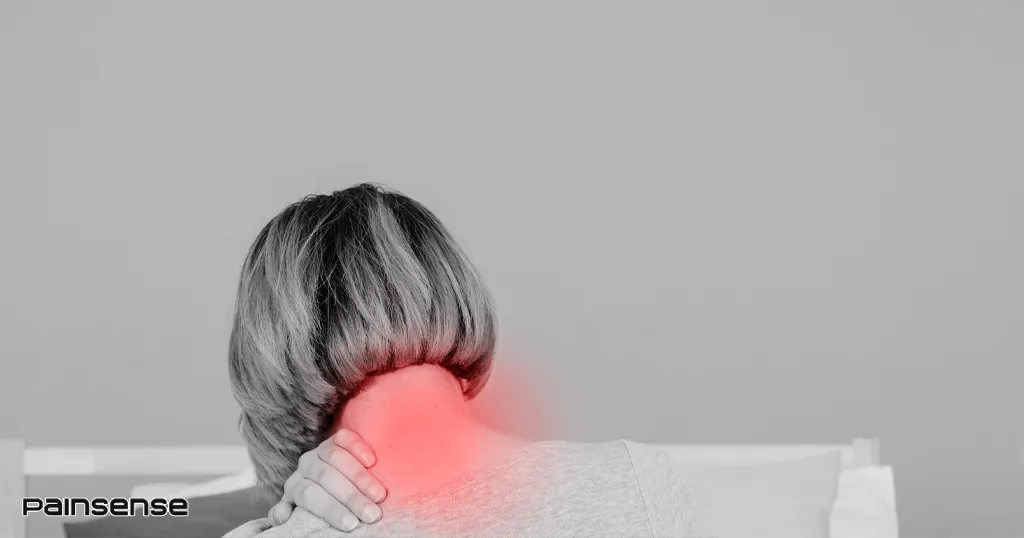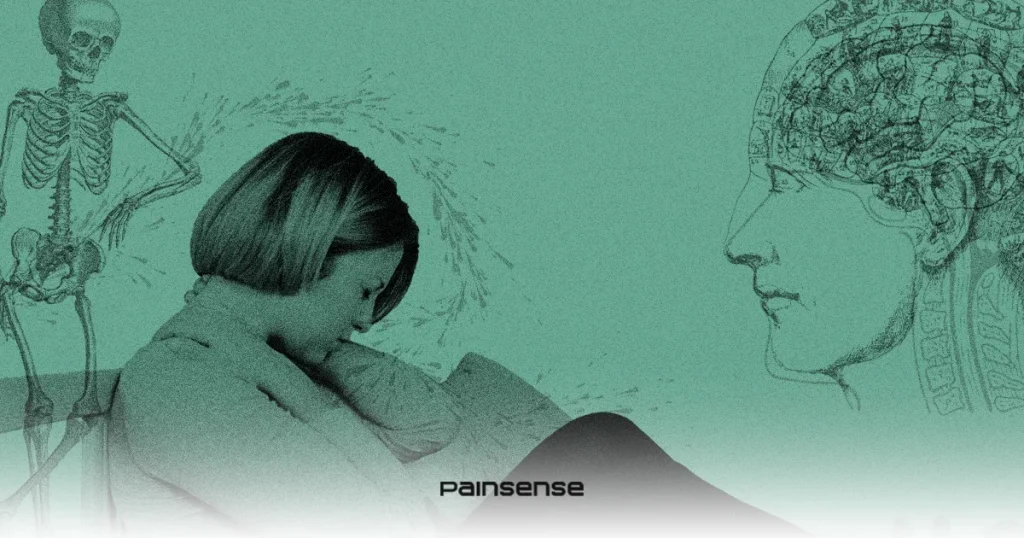Chronic pain is one of the most common and costly health issues worldwide. As of 2025, it affects nearly 20% of adults globally, significantly impacting quality of life and mental health. Emerging evidence shows that “Pain Duration” and “Depression” are closely linked—when pain persists for months or years, it doesn’t just affect the body but reshapes the brain and emotional well-being. Understanding this connection is essential for early prevention and effective treatment.
The Growing Concern of Chronic Pain in 2025
According to the World Health Organization (WHO, 2025), chronic pain is now recognized as a disease in itself rather than merely a symptom. Over 1 in 5 adults report living with long-term pain, and many of them experience concurrent mood disorders. In Canada, the Canadian Pain Task Force (Government of Canada, 2024) estimates that chronic pain costs the economy over $40 billion annually, emphasizing the urgent need for integrated care addressing both physical and emotional dimensions of pain.
What Is Pain Duration and Why It Matters
Pain Duration refers to how long pain persists beyond normal tissue healing time—typically more than three months. When the body remains in pain for extended periods, it triggers chemical and neurological changes that affect perception, stress response, and mood. This ongoing activation of pain pathways plays a crucial role in the development of Depression, creating a complex cycle that can be difficult to break.
Longer pain duration often means more intense disability, higher healthcare utilization, and reduced participation in social and occupational activities, all of which heighten vulnerability to mental health disorders.

The Link Between Pain Duration and Depression
A pivotal 2024 study by Zeng et al., published in Frontiers in Public Health, confirmed a direct and measurable association between Pain Duration and Depression. Using data from the U.S. National Health and Nutrition Examination Survey (NHANES 2011–2014), researchers found that individuals in the longest quartile of pain duration were 3.4 times more likely to develop depression compared to those with short-term pain (Zeng et al, 2024).
The study revealed a linear trend: as pain duration increases, so does the likelihood of depression—underscoring the need for timely, holistic interventions.
Biological Mechanisms Behind Pain and Mood Disorders
Research in Nature Reviews Neuroscience (Wiech & Tracey, 2023) and The Lancet Psychiatry (2024) demonstrates that prolonged pain alters neurotransmitters like serotonin, dopamine, and norepinephrine—key chemicals involved in regulating mood. This biochemical shift explains why extended pain often leads to Depression.
Additionally, chronic pain over-activates the hypothalamic-pituitary-adrenal (HPA) axis, increasing cortisol levels and creating a state of continuous stress. Over time, this impairs neuroplasticity and emotional resilience, reinforcing the physical and emotional link between Pain Duration and Depression.
Psychological and Social Consequences
Beyond biology, long-term pain disrupts every aspect of daily life. Patients often describe feeling trapped, fatigued, and socially isolated. Studies by the Canadian Mental Health Association (CMHA, 2024) reveal that individuals with persistent pain are twice as likely to withdraw from work and relationships due to emotional exhaustion.
This withdrawal can amplify feelings of hopelessness and lead to a self-perpetuating cycle of Pain Duration and Depression, where emotional distress increases pain perception, and pain worsens emotional well-being.

Early Pain Management Strategies
Early intervention remains the most effective defense against the spiral of chronic pain and depression. The Centers for Disease Control and Prevention (CDC, 2025) recommends a multidisciplinary approach involving physiotherapy, psychological support, and medical management.
Digital health platforms like PainSense help patients track their Pain Duration and emotional changes in real-time, empowering healthcare providers to personalize care and respond proactively before depression develops.
Evidence-Based Treatment Approaches
Clinical guidelines from the National Institute for Health and Care Excellence (NICE, 2024) recommend combined strategies that address both Pain Duration and Depression:
- Cognitive Behavioral Therapy (CBT): Helps reframe pain-related thoughts and emotions.
- Mindfulness-Based Stress Reduction (MBSR): Proven to reduce perceived pain intensity.
- Pharmacological Treatments: Antidepressants like SNRIs can modulate both pain and mood.
- Physical Activity and Rehabilitation: Encourages endorphin release and restores mobility.
An analysis in Pain Journal (Ehde et al, 2022) confirmed that such integrated approaches improve quality of life, functionality, and emotional stability.
Real-Life Experiences and Patient Insights
Patients living with long-term pain often report a mix of frustration and emotional fatigue. For example, a 2025 survey by Pain Canada found that 68% of respondents with chronic pain also experienced symptoms of Depression. Participants emphasized that validation, emotional support, and access to early treatment drastically improved their mental well-being.
Digital monitoring tools, such as PainSense, provide these individuals with tangible feedback offering reassurance that their pain is being understood and managed, not ignored.

Key Statistics Linking Pain Duration and Depression
Indicator | Statistic (2025) | Source |
Adults living with chronic pain | 20% globally | WHO (2025) |
Increased risk of depression after 6+ months of pain | 3.4× higher | Zeng et al. (2024) |
Canadians affected by chronic pain | 7.6 million | Government of Canada (2024) |
Percentage of chronic pain patients with depression symptoms | 68% | Pain Canada (2025) |
Annual cost of chronic pain to the Canadian economy | $40 billion | Canadian Pain Task Force (2024) |
Conclusion
Patients living with long-term pain often report a mix of frustration and emotional fatigue. For example, a 2025 survey by Pain Canada found that 68% of respondents with chronic pain also experienced symptoms of Depression. Participants emphasized that validation, emotional support, and access to early treatment drastically improved their mental well-being.
Digital monitoring tools, such as PainSense, provide these individuals with tangible feedback offering reassurance that their pain is being understood and managed, not ignored.
FAQ
How long does pain need to last before it’s considered chronic?
Pain lasting longer than three months is typically categorized as chronic or long-term pain. This duration is associated with increased risk for Depression.
Can treating depression help reduce chronic pain?
Yes. Evidence shows that managing depression through therapy or medication can lower pain perception and improve physical function.
What are early signs that pain is affecting mental health?
Persistent sadness, irritability, social withdrawal, and fatigue are early warning signs that Pain Duration may be contributing to Depression.
Are digital tools like PainSense effective?
Digital platforms provide real-time pain tracking and mood assessment, enabling faster, more personalized interventions.
When should I seek professional help?
Seek medical advice if pain persists beyond three months or begins to impact sleep, mood, or daily activities.

